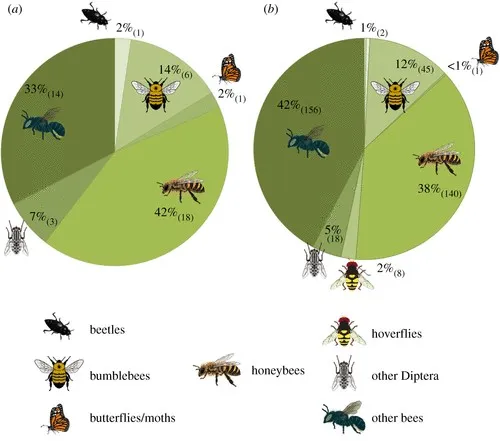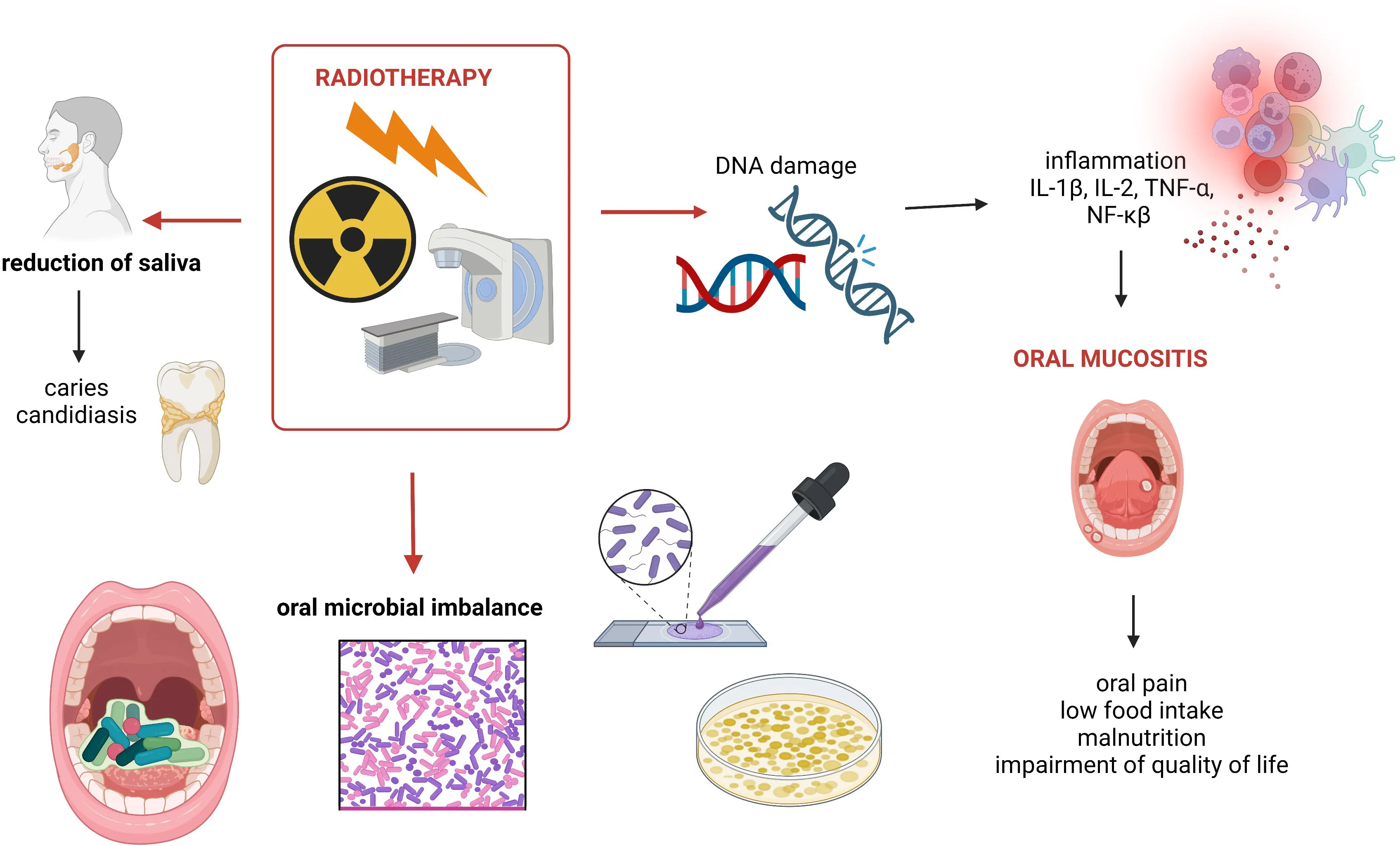Trends
Oxidative Stress and Red Blood Cell Morphological Alterations A “Systematic Narrative Review”
Early Detection of Protozoal Infections using Immunohistochemistry and PCR-Based Techniques.
Using Discriminant Analysis to Indicate the Most Important Effective Factors of Getting Neonatal Jaundice "A Study at Benghazi Children’s Hospital"
Abstract:
This study aims to evaluate the accuracy
and effectiveness of a statistical model in predicting the incidence of
neonatal jaundice. The research identifies the primary factors influencing the
onset of jaundice by analyzing data from newborn infants. Additionally, the
study determines the relative importance of the variables associated with the
likelihood of jaundice in neonates and develops a discriminant function capable
of classifying affected newborns into two categories: normal and abnormal. The
study produced several important findings. Most of the variables demonstrated
statistical significance at a level below 0.05, indicating that they play a
critical role in distinguishing between the two groups, apart from gestational
age, which was found to be statistically non-significant. Using discriminant
analysis, the model correctly classified 83.7% of the normal cases and 90.0% of
the abnormal cases. The overall correct classification rate for the sample was
87.7%, suggesting that the model successfully classified 87.7% of all
observations. This result reflects a high level of model performance and
provides strong evidence of its overall predictive efficiency.
Keywords:
Jaundice, Discriminant Analysis,
Discriminant Function, Latent Root, Model Classification, Relative Importance.
Share This Post:

Eyman Musa Farag Farag
Department of StatisticsAssistant Professor at Ajdabiya University- Department of Statistics.








